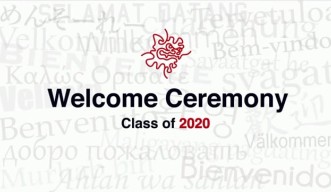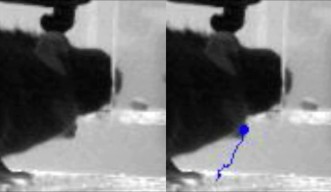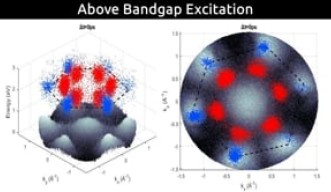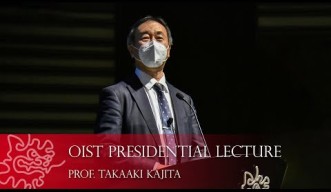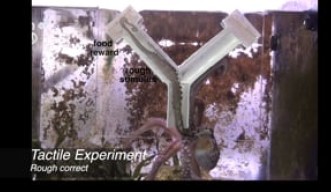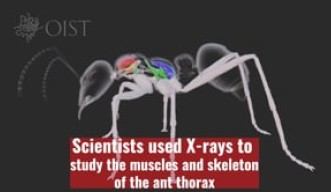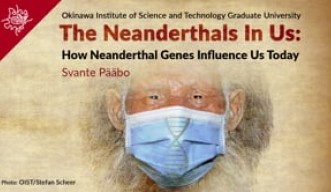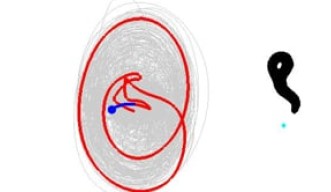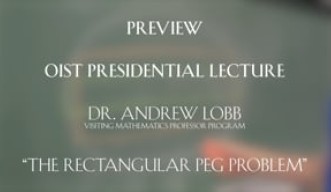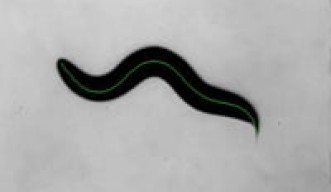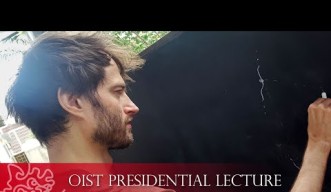Videos
Videos
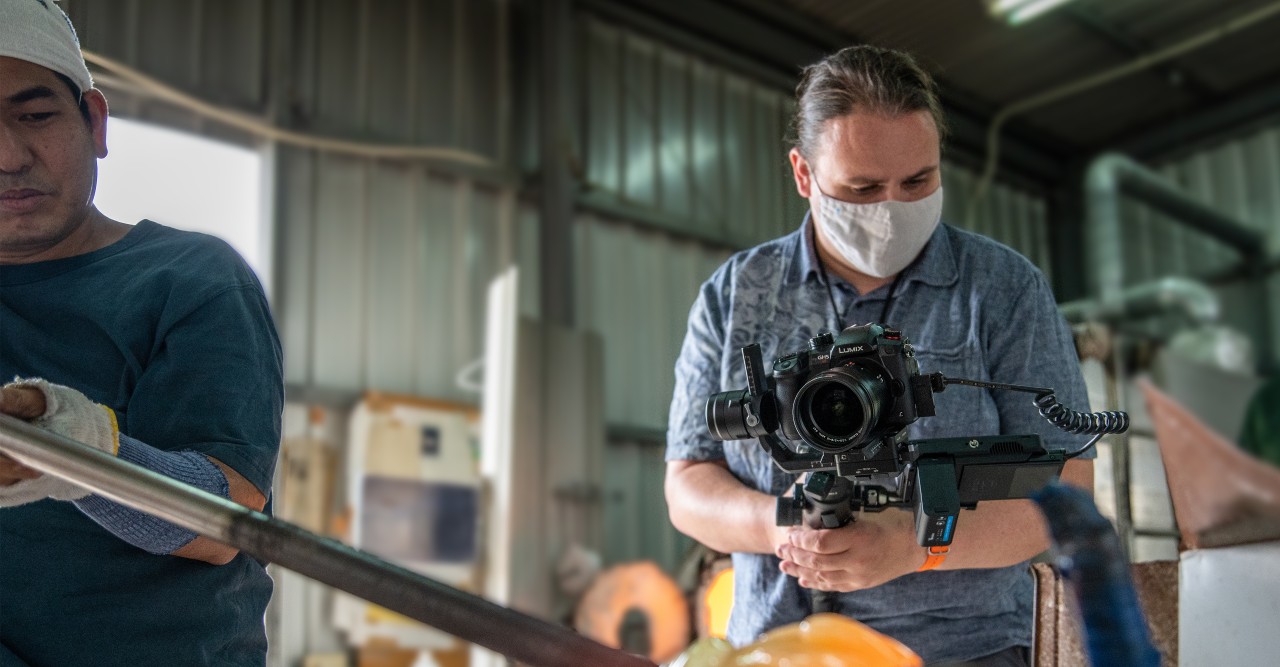
Videos
- Marine sciences
- Genomics
- Evolutionary biology
- Developmental biology
- Neuroscience
- Engineering and applied sciences
- Ecology
- Environmental sciences
- Molecular biology
- Biology
- Biochemistry
- Mechanics
- Cell biology
- Fluid dynamics
- Psychology
- Biotechnology
- Health sciences
- Genetics
- Quantum
- Medicine
- Chemistry
- Material science
- Artificial intelligence
- Biophysics
- Computer sciences
- Analysis
- Machine learning
- Polymer chemistry
- Soft matter physics
- Developmental neuroscience
- Mathematics
- Physics
- Structural biology
- Botany
- Complex systems
- Deep learning
- Organic chemistry
- Synthetic biology
- Synthetic organic chemistry
- Theoretical sciences






